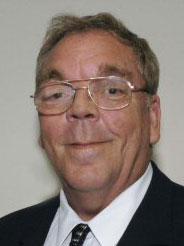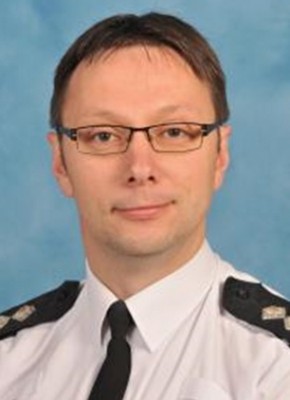
Following a ‘Freedom of Information’ request by Bridgwater Mercury journalists, it was revealed that 73% of crimes committed over the last two years in Sedgemoor remain unsolved. The figures show 578 crimes were reported between January 2012 and January 2014, including arson, robbery, thefts from homes and businesses, assault and rape and that of those 412 are unsolved. Bridgwater Mayor David Loveridge (Labour Town,District and County Councillor) was so shocked by the figures that he issued an open invitation for ‘independent’ Police and Crime Commissioner Sue Mountstevens to come to the town to explain this to him.
Cllr Loveridge said : “The fact that the number of unsolved cases is this high is scandalous. What does that say about policing in our area? We shouldn’t be cutting our police force – we should be getting even more police on our streets. I think Ms Mountstevens should come to Sedgemoor and explain these figures to people and tell us what the police are doing to improve them.”

Neighbourhood Inspector Andrew Pritchard of the Avon and Somerset Police commented, “The prevention and detection of crime are two key elements of policing and since last year, key areas of crime in Bridgwater town (all beats taken together) has reduced by 10.4% – that’s 408 crimes fewer that last this time last year and this follows a year on year decrease. In relation to detecting crimes the current figure for Bridgwater is 44% (financial) year to date. Detecting crimes is always challenging and some crime types are harder to detect than others. No crime gets filed at source and reported incidents are reviewed at the outset and any lines of enquiry considered how best to bring a suspect to justice. What happens then depends on the circumstances of each incident but we are fully committed to follow all lines of enquiry to secure evidence. We need the support of the community to do this and people coming forward as witnesses provide a crucial part of the evidence chain and helps us to detect crime and secure convictions. Using intelligence we also target suspects who commit crime and which helps not only detect crime, but prevent future offences occurring. The job of Policing is never done, and we will continue to strive to reduce and detect crime to ensure our communities not only are safe, but feel safe.”
Inspector Pritchard emphasised that the Key Crime areas included ‘All Violent Crime,Burglary,Motor Vehicle and cycle Crime,Criminal Damage and Theft including Fraud’
“Sorry State of Affairs”
However, Mayor Loveridge was not impressed ”I stand by what I said in the Mercury, 73% solving rate is not good enough, 44% detection is just that – ‘Detection’ , not ‘solving’ and I am writing to our PCC Sue Mountstevens and the Chief Constable to come and face me as Mayor and the Town Council as to why this sorry state of affairs has come about. With the Police budget reduction and officer numbers cut then how do they expect things to get better! The 101 number is not working out very well and the public are so dissatisfied with Police response that they no longer even report crime. Anti social behavior, domestic violence and child abuse is on the increase and must be tackled with a strong and positive attitude.”
Cllr Julian Taylor (Labour, Eastover) said “The Avon & Somerset Police are performing well below the expected level for crime prevention”

Inspector Pritchard has responded and we copy his reply here
“I understand that reading crime figures is not always straightforward. Rather than answer individual comments I would rather people contact me directly so I can speak to them to discuss. However I have provided the following update for you which can be added to the article: ‘The figures provided relate to Bridgwater (not the whole of Sedgemoor) and are for a different time period to the one raised in the paper. They are also for priority crime areas (as listed) not all crime types. Crimes are either detected or not detected. A detected crime is where the investigation has been finalised using the strict criteria set down by the home office e.g. Charged to court, cautioned etc. It does not include incidents where we have a suspect but have insufficient evidence to proceed. ‘ Anyone who would like to discuss crime figures should contact Inspector Andy Pritchard andrew.pritchard@AvonandSomerset.police.uk
Best wishes
Andy Pritchard
Neighbourhood Inspector
Sorry, could I have a little clarification here please, as I am not certain exactly what is being said here.
1) Is the ‘solved’ rate 73% (as it seem s to say at the end of the article) or 27% (as it seems to say at the beginning of the piece)?
2) What is meant by ‘detecting’ crime? How can one have a crime which is ‘undetected’? And how can that be over half (56%) of all crime? Surely an undetected crime is not a crime, and even if there is some sort of definition in which it is, how would one know what level it is at, as it is, by it’s very nature, unknown?
3) The FOI figures do not seem to match up with the figures given by Inspector Pritchard. Why? Where does Mr Pritchard get his figures & why don’t they match?
I would be very interested in answers to these questions, I guess it maybe that I do not understand the terminology used, but I do not consider myself to be unintelligent, so, if this is the case, then maybe the way in which such information is being shared needs to be looked at, as it certainly does not seem to be plain English to me!